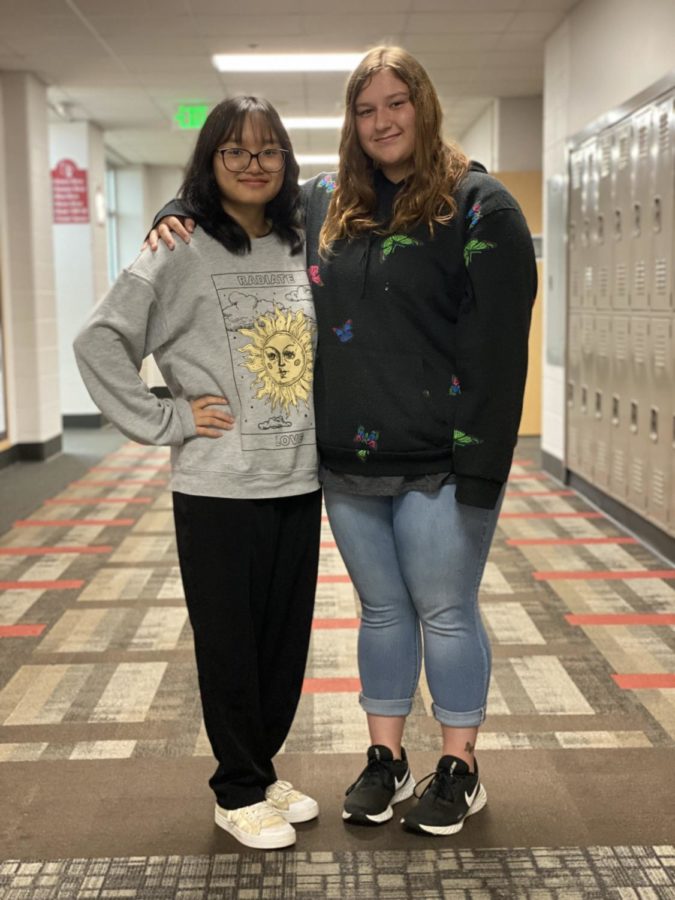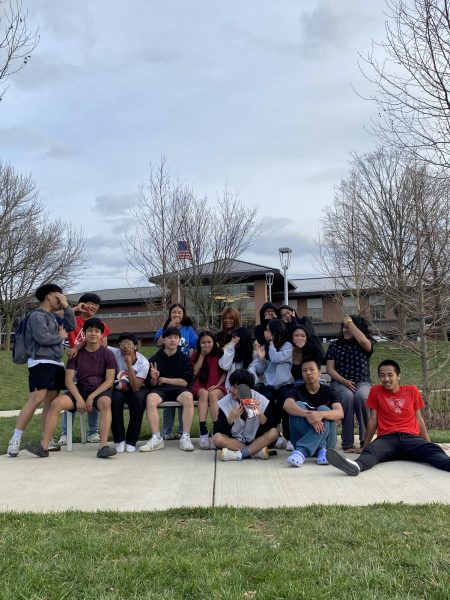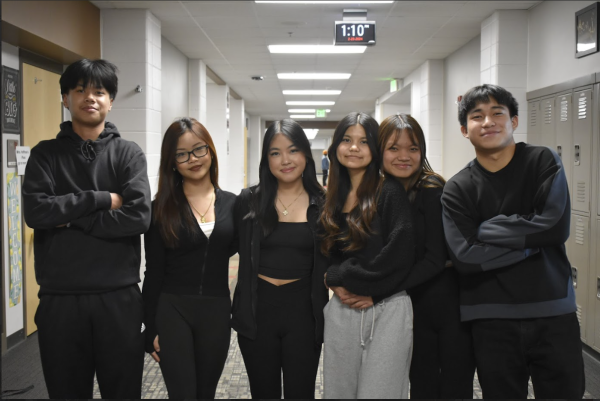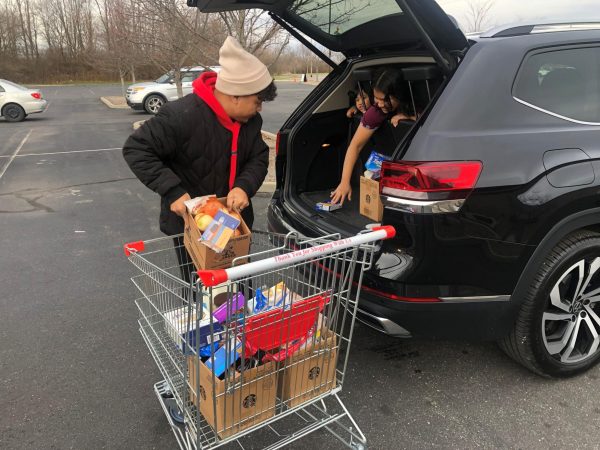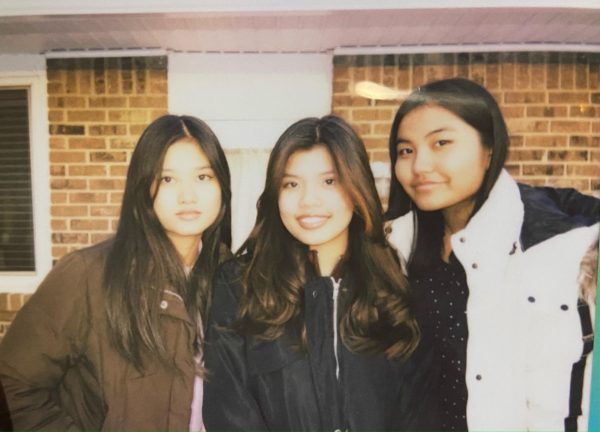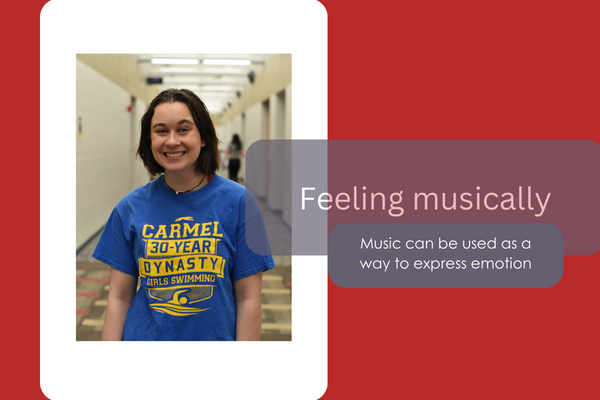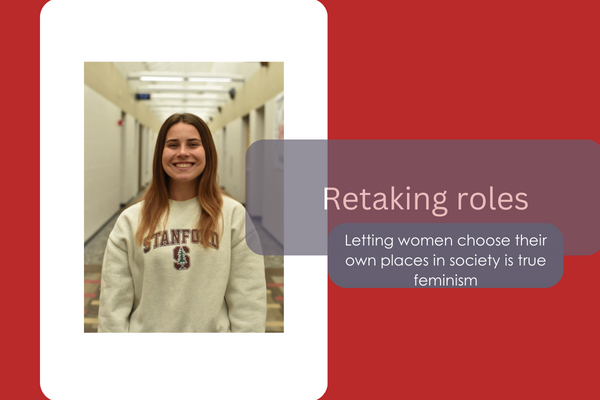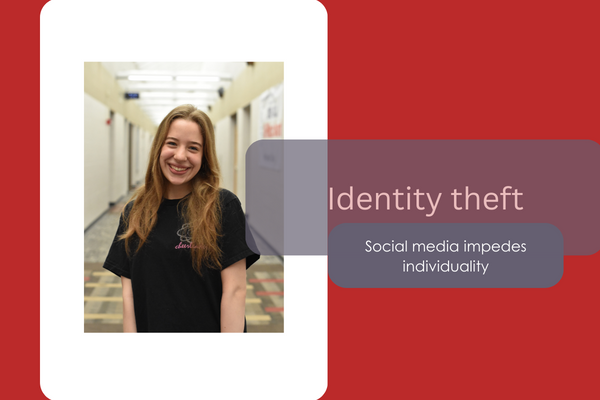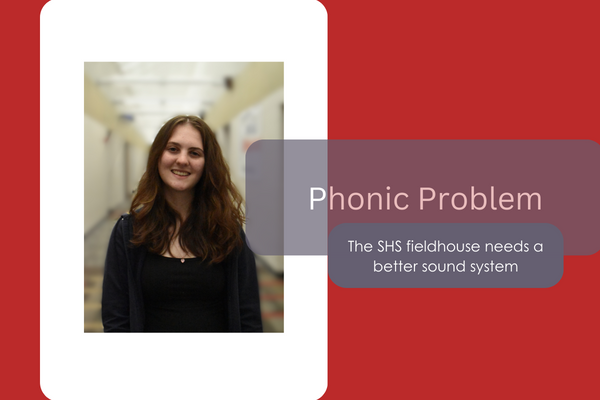Not to be ashamed
Two deaf students embrace their non-hearing life
Two students sit together in art class, silently doing their work. An interpreter sits between them, signing whenever directions are said by the teacher. The student signs back before going back to work.
That is reality for deaf students like juniors Alyxandra Sforzo and Mang Par. Even though they had different upbringings, they still face similar obstacles.
Growing up, Sforzo and Par’s experiences differed in many ways. Sforzo grew up with a deaf family, so it was easy for her to communicate with everyone since she had support all around her.
“[I] had my family, friends, went to deaf school, [I] had all the communication,” Sforzo said with the help of ASL translator Patty Sorrell.
Sforzo didn’t feel limited in the hearing world while growing up with her family and went to deaf school. Currently, Sforzo attends ISD, Indiana School for the Deaf.
Communicating within the hearing world is a big achievement for Sforzo. She has been able to navigate through school and does so with the help of an interpreter.
While here at SHS, Sforzo has changed up her learning pace, it’s much different than a deaf school where everyone is only signing. At a deaf school, the learning occurs at a much slower pace.
“It’s helped me learn faster, and sometimes I’m behind and then I have to catch up,” Sforzo said.“It’s helping me use my time more wisely, and that will prepare me for college.”
For Par, life was far more different. She was born in Burma to a hearing family and moved to the U.S. at the age of seven. Par was born being able to hear, but she gradually began to lose her hearing.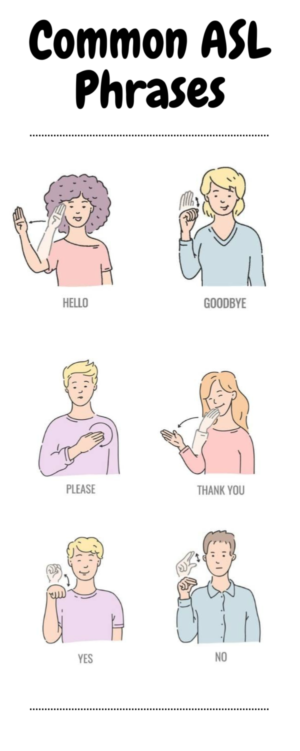
Once moving here, Par attended a deaf school. She had no way to communicate well and she would only use gestures with her family. As Par was learning ASL, her mother was learning English in order to communicate with her.
“My mom, she knows a little bit of English,” Par said with the help of ASL translator Patty Sorrell. “She communicates by writing back and forth with me.”
Growing up deaf, Par felt alone. There were times when she could not understand things due to being deaf, which caused her a great deal of frustration. Par’s friends did not understand that she was slowly losing her hearing and it had led to the start of arguments.
Since no one realized Par was going deaf, there had been trouble with family and friends. Her mother would ask her to do something, but she could not hear and it would seem that she was ignoring her mother. Soon, Par’s mother realized she could not hear.
Par’s village did not have the aid for deaf people. Because of this, Par could not be helped in Burma. It was then decided that moving to the U.S. would be best for Par to be able to learn to communicate. Like Sforzo, Par attends ISD.
“They realized that I was deaf, mom thought if [we] moved here, America can fix [my] hearing,” Par said. “Then they understood that [I] was deaf and then they started teaching me ASL…,”
Despite being deaf, Par and Sforzo do their best in school. Par enjoys art and still tries to find ways to improve. Sforzo improves many of her social and academic skills to get better in college and to make more friends in the future.
Even if Par and Sforzo grew up differently than most, they’re still people who live and breathe the same air as everyone else. They still have dreams and goals like everyone else.
“Just because we’re deaf does not mean we’re different,” Sforzo said. “We’re the same.”
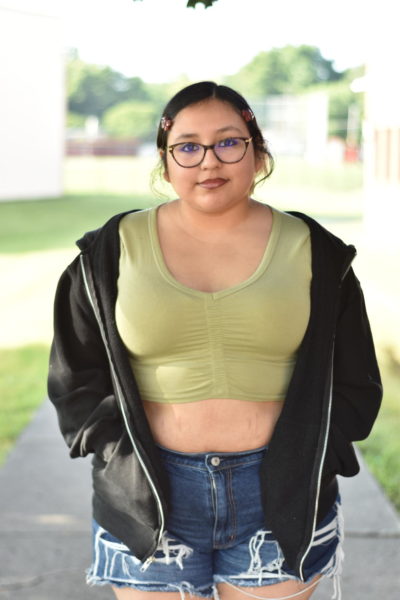
Hi! It’s Salem again for the second year in a row, writing another staff bio. I won’t be writing any stories, but instead, I’ll be a full-time photographer...


